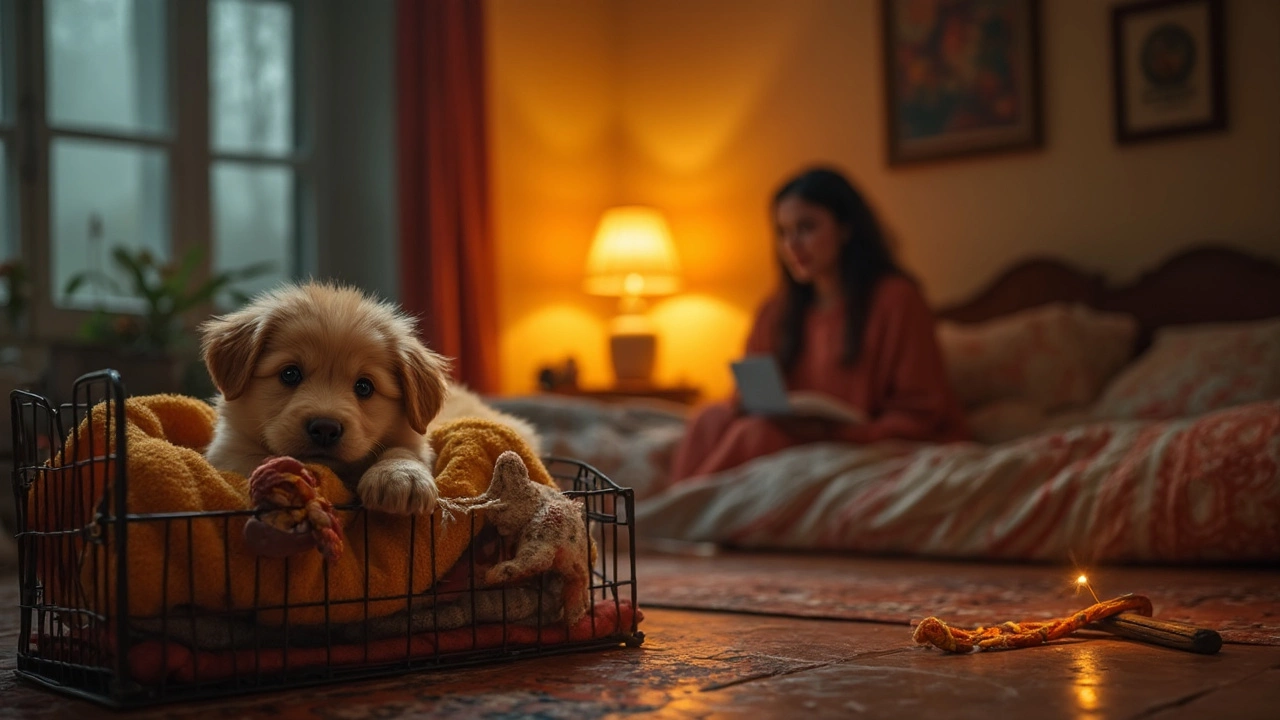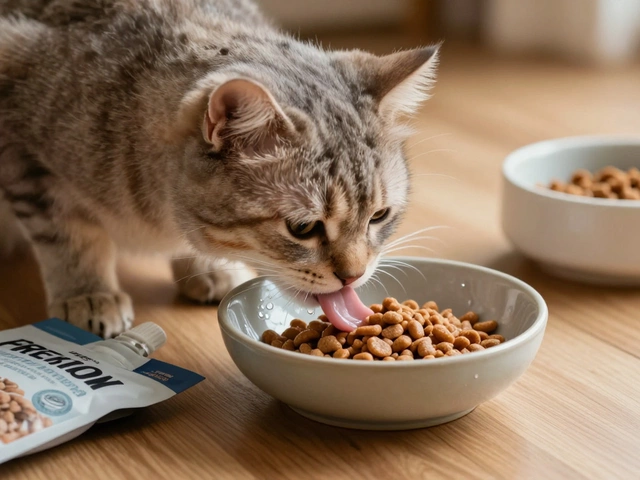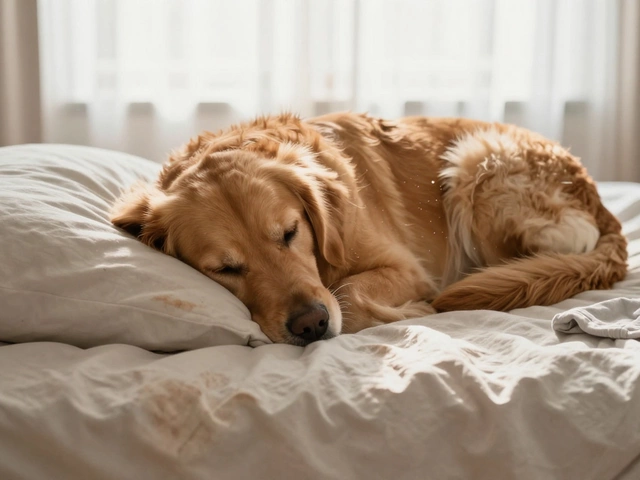Untrained Puppy? Practical Tips to Get Your Pup on Track
Bringing home a wiggly, untrained puppy can feel like adopting a tiny tornado. You’re probably wondering how to stop the endless peeing, the nonstop barking, and the chewing frenzy. The good news? You don’t need a magic wand—just a few clear, consistent actions and lots of patience.
Start with a Simple Housebreaking Routine
First thing’s first: set a potty schedule. Take your puppy outside every two hours, right after meals, naps, and play sessions. Use the same door and a cue word like “go potty.” When you see them finish, reward with a quick treat and a cheerful "good job!" This repetition teaches them that outside = bathroom.
If an accident happens inside, don’t scold. Clean the spot with an enzymatic cleaner so the smell disappears; otherwise the pup will think it’s okay to go there again. Consistency beats criticism every time.
Basic Commands in Five Minutes a Day
Training doesn’t have to be a marathon. Spend five minutes, twice a day, on one command. Start with "sit" because it’s easy to cue and useful in many situations. Hold a treat above the nose, move it back, and when the pup’s bottom drops, say "sit" and give the treat.
Repeat until the word and the action link in their brain. Then add a short "stay" by waiting one second before rewarding. Gradually extend the time. Short, frequent sessions keep the puppy’s short attention span from wandering.
While you’re at it, teach a gentle "leave it" command. When the puppy grabs a shoe or a plant, say "leave it" and give a treat for dropping it. This saves your furniture and teaches impulse control.
Channel Chewing Energy Wisely
All puppies love to chew. Give them safe chew toys—think rubber rings, rope toys, or frozen carrots. Rotate the toys every day so they stay interesting. If you catch them chewing something they shouldn’t, redirect to a proper toy, then praise the switch.
Make sure the puppy’s daily exercise is enough. A tired pup chews less. A 30‑minute walk, a game of fetch, or a short agility drill burns energy and reduces destructive behavior.
Socialize and Calm the Nervous Pup
Untrained pups often act out because they’re scared of new sights, sounds, or people. Introduce them slowly to different environments: a quiet park, a friend’s house, a calm car ride. Keep each exposure short—just a few minutes—then head home for a treat and a cuddle.
Positive vibes go a long way. If your puppy wiggles, bark, or hides, stay calm and give a soothing voice. Over time they’ll see the world as less threatening and less likely to act out.
Track Progress and Celebrate Wins
Use a simple notebook or phone note to log potty trips, training successes, and any setbacks. Seeing a pattern helps you adjust the schedule before problems snowball.
Remember, every "good sit" or accident‑free night is a win. Celebrate with extra playtime or a favorite treat. This builds trust and makes learning fun for both of you.
With a clear routine, short training bursts, proper chew outlets, and gentle socialization, your untrained puppy will become a well‑behaved companion in weeks, not months. Stick to the plan, stay patient, and enjoy the goofy moments along the way.

Where Should an Untrained Puppy Sleep? Real Answers for Restful Nights
Figuring out where your new, untrained puppy should sleep isn't just about comfort—it's the secret to less whining, fewer accidents, and smoother training. This article breaks down your real options, knocks out myths, and gives you smart tips to help your puppy (and you) get better sleep. You'll find concrete info on picking safe, cozy sleep spots and what setups actually work in real homes. Tackle common mistakes before they turn into habits. By the end, you'll know exactly how to help your puppy settle in safely and build good sleep routines from day one.
read more



